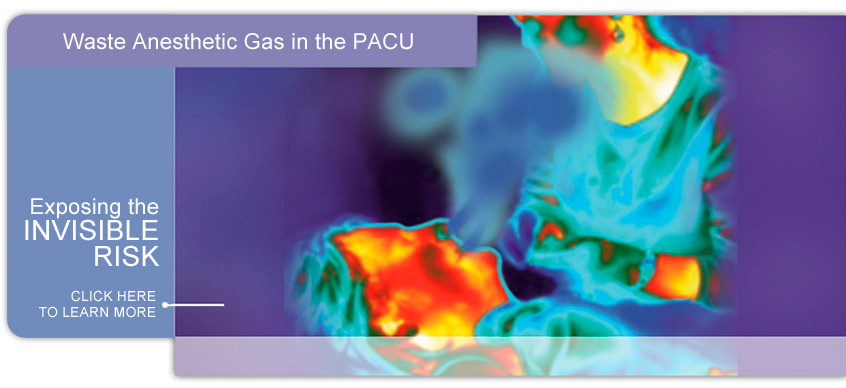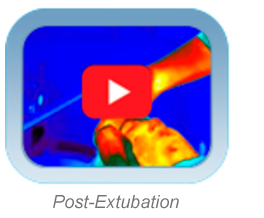The Potential Effects of WAG
Over the course of several decades, a wide variety of researchers have performed numerous studies that identified possible correlations between exposure to waste anesthetic gases and potential health effects. According to OSHA , waste anesthetic gas may be responsible for issues including:
- Nausea
- Dizziness
- Headaches
- Fatigue
- Irritability
OSHA has also cited the potential for exposed clinicians to experience even more serious health effects, and recommends taking appropriate precautions to protect hospital staff.1
The Invisible Risk Campaign was developed to raise awareness about waste anesthetic gases in the PACU and their potential health effects. Learn more at www.theinvisiblerisk.org
The Breathing Zone
The PACU nurse spends a large portion of their day working in close proximity to the patient, specifically within the patient’s breathing zone. OSHA defines the breathing zone as the area immediately adjacent to the employee’s nose and mouth; a hemisphere forward of the worker's shoulders with a radius of approximately 6 to 9 inches. This can create a potentially dangerous working zone for the nurse as they are potentially exposed to peak levels of WAG within their breathing zone. Thus, OSHA recommends periodic exposure monitoring with particular emphasis on peak gas levels in the breathing zone of nursing personnel working in the immediate vicinity of the patient’s head.1
Are PACU nurses really at risk?
Due to the lack of close regulation of WAG in the PACU, clinicians working in the PACU are at risk for exposure for significant periods of time each day. Because the patient's exhalation is the primary source of WAG in the PACU, limiting it can be difficult without addressing it at the source.1
The Only Solution Available for PACU Source Control
Thanks to the ISO-Gard® Mask with ClearAir™ Technology, helping to reduce the amount of WAG at its source point, the patient, in the PACU has never been easier. In accordance with NIOSH’s recommendation to minimize the risks of WAG exposure to the greatest possible extent,2 the ISO-Gard® Mask with ClearAir™ Technology helps in reducing clinicians’ exposure by scavenging patient exhalations during the process of outgassing.




